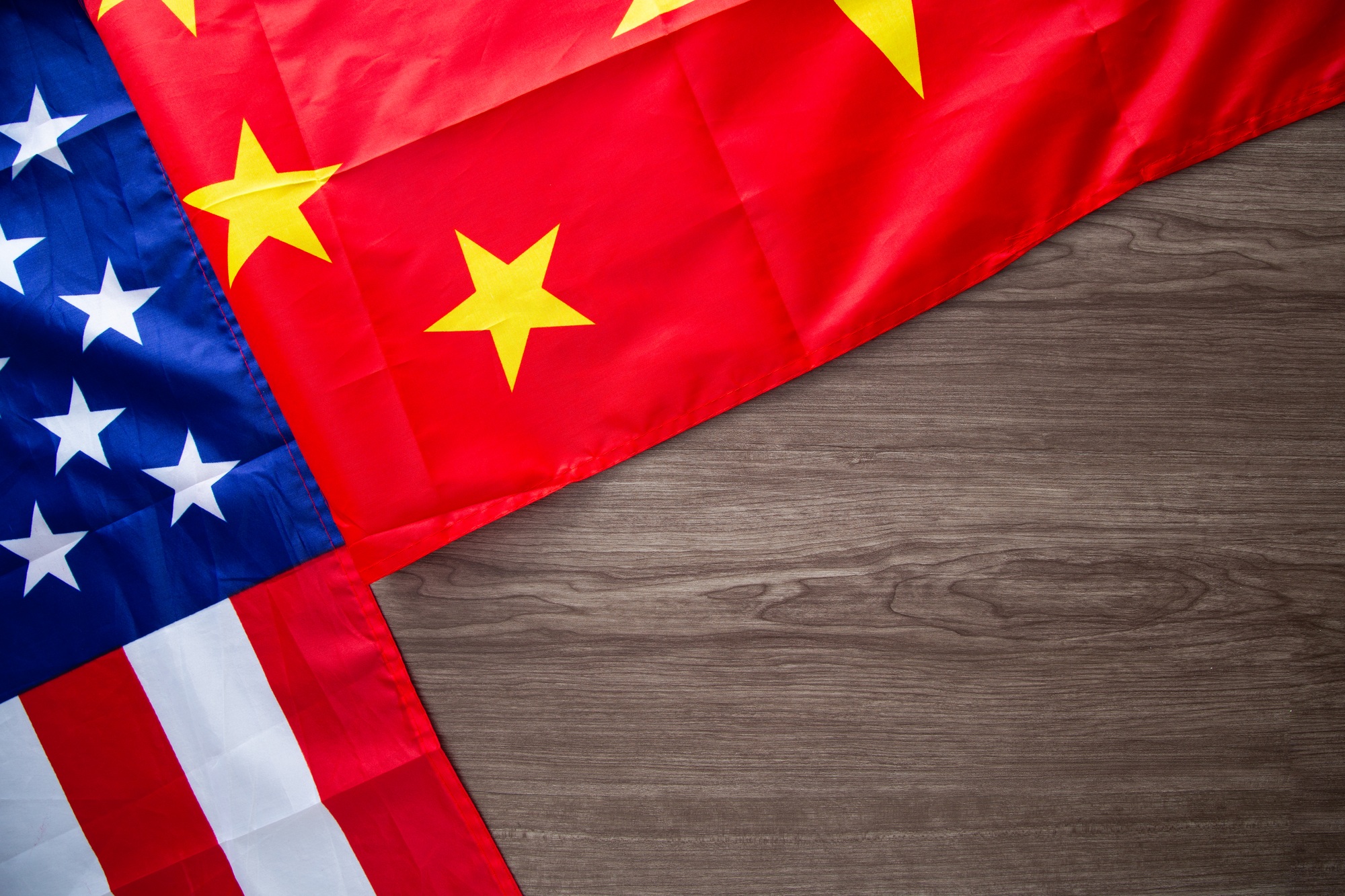In a significant development on May 12, 2025, the United States and China announced a temporary easing of trade tensions by agreeing to lower tariffs for a 90-day period. This agreement, resulting from constructive negotiations in Geneva, aims to reduce immediate trade barriers and facilitate further discussions towards a more comprehensive trade pact. The announcement triggered a positive response from financial markets, with U.S. stocks rallying on optimism over improved bilateral relations and reduced economic uncertainty.
Tariff Reductions and Market Reactions
Under the terms of the agreement, the U.S. will reduce tariffs on Chinese imports from 145% to 30%, while China will lower its tariffs on U.S. goods from 125% to 10%. This significant rollback is expected to alleviate some of the financial pressures on businesses and consumers in both countries.
The financial markets responded swiftly to the news. U.S. stocks surged to close near the highs of the session on Monday, with the Dow Jones Industrial Average jumping 1,100 points, the S&P 500 increasing over 3%, and the Nasdaq climbing 4.3%. Asian markets mirrored these gains, with Japan’s Nikkei and Taiwan’s stock index both rising by 2%, and Chinese shares edging higher, pushing MSCI’s Asia-Pacific index outside Japan to a six-month peak.
Economic Implications
The tariff truce has eased fears of a global recession, which had been mounting due to the prolonged trade war between the world’s two largest economies. Investors are hopeful that this temporary agreement will pave the way for a more permanent resolution to the trade disputes. The U.S. dollar sustained strong gains following the announcement, reflecting increased investor confidence.
However, analysts caution that the agreement is only a temporary measure. The 90-day period is intended to provide a window for further negotiations, and there is still uncertainty about whether a comprehensive deal can be reached. The lack of concrete details in the agreement has led to some skepticism in the markets.
Federal Reserve’s Stance
The Federal Reserve has opted to maintain current interest rates, citing strong U.S. economic fundamentals such as solid growth, low unemployment, and inflation near its 2% target. Fed Chair Jerome Powell defends this cautious stance, highlighting the flexibility to act quickly when necessary and pointing to significant economic uncertainty.
Global Perspectives
The temporary truce has also impacted other global economies. Indian benchmark indices, for example, are poised for a muted opening on Tuesday, following a significant surge on Monday—their best performance in over four years—driven by a ceasefire agreement between India and Pakistan and the U.S.-China tariff rollback.
Looking Ahead
While the 90-day tariff truce between the U.S. and China has provided a much-needed boost to global markets and eased recession fears, the future remains uncertain. The coming weeks will be crucial as both nations work towards a more comprehensive trade agreement. Investors and policymakers alike will be watching closely to see if this temporary peace can lead to a lasting resolution.








